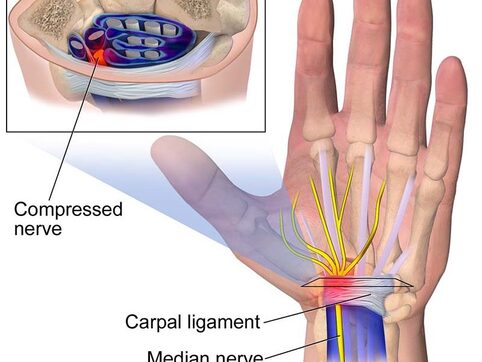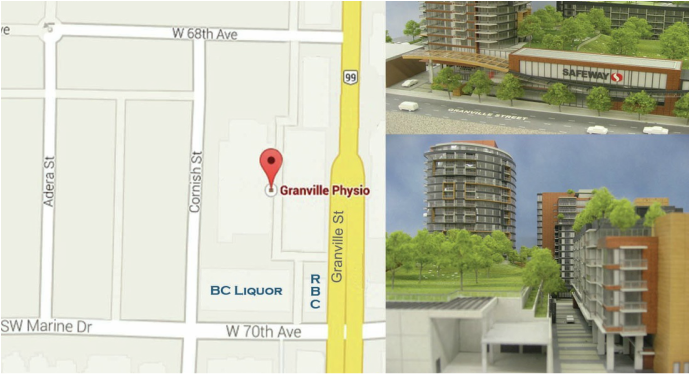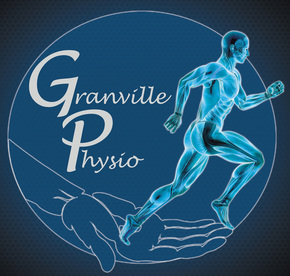carpal tunnel syndrome (jenna)The carpal tunnel is a compartment in the hand that serves as a passageway for extrinsic hand muscles, nerves, and blood vessels. This passageway is relatively narrow, and is surrounded by bones and ligaments. The median nerve runs through the carpal tunnel, and innervates several forearm and hand muscles. Carpal tunnel syndrome occurs when the median nerve is compressed within this passageway, which results in a variety of symptoms (listed below).
|
symptoms
|
causesUsually, the cause is unclear but potential causes include:
|
treatment
|
how does physiotherapy help?
Physiotherapy for carpal tunnel syndrome uses modalities that elicit improvements both with the symptoms experienced and wrist/hand function. The development of an exercising and stretching program is beneficial with respect to improving strength and regaining losses in motor function. Physiotherapists can also provide advice on how to modify current lifestyle and occupational habits to reduce symptom-provoking wrist movements. Other physiotherapy modalities can also be used to improve symptoms, including electrical stimulation (IMS; intramuscular stimulation), ultrasound, heat/ice compresses, and more. For more information on these modalities and how they work, click here.


